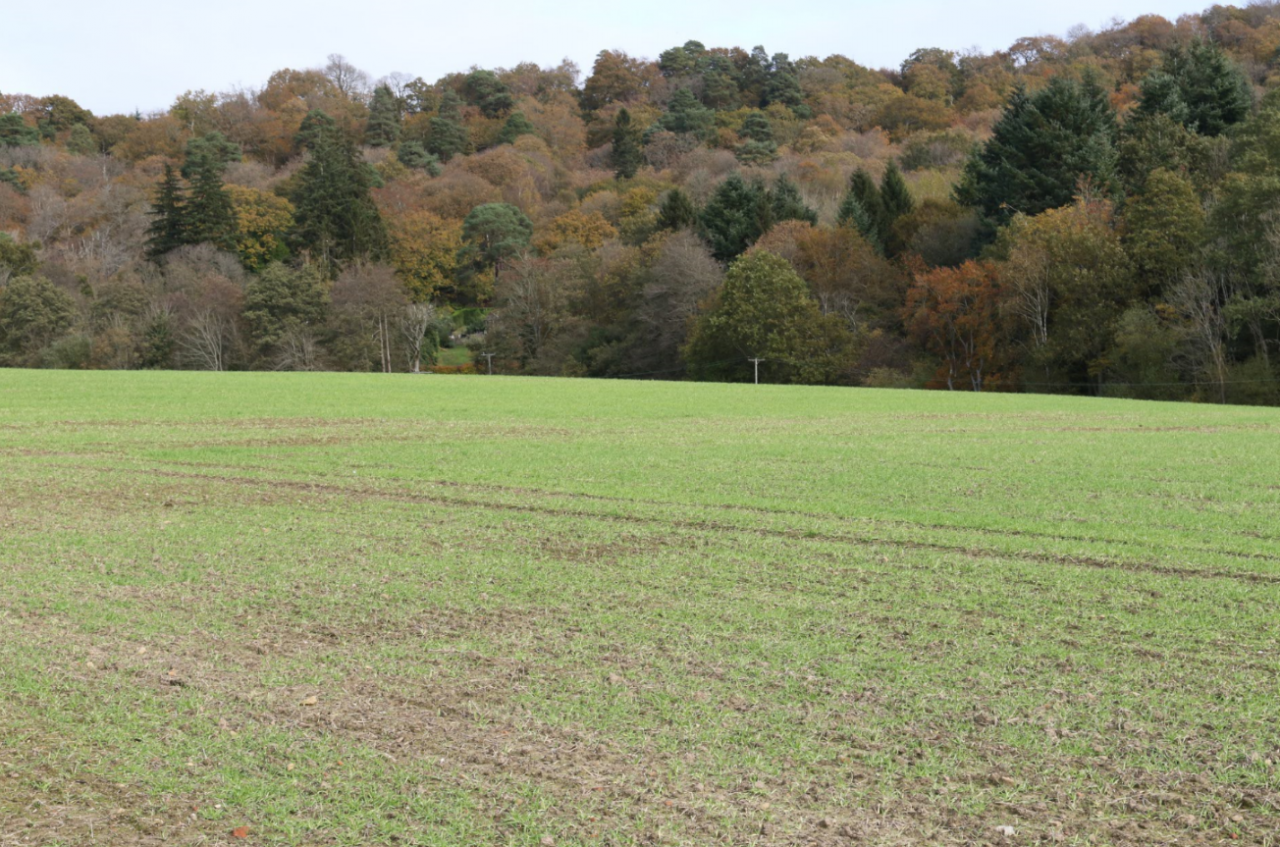Using pre-emergence herbicides in wet conditions
The current wet conditions mean slow progress for cereal drilling, with some areas of the UK more severely affected than others. Naturally, such delays are having a subsequent impact on pre-emergence herbicide plans and timings.
The wet weather may mean you're unable to travel on fields, or that your seedbeds cannot receive a herbicide treatment. Even if you can get crops in the ground, imminent rain reduces the chance of applying pre-emergence herbicides within 48 hours of drilling - the optimum timing for grassweed control.
As a result, you may be wondering which tank mixes are best suited to applications in wet conditions, as well as which pre-emergence herbicides can still be applied safely post-emergence.
What is the risk of wet conditions and pre-emergence herbicides?
Some herbicides bind more tightly to soil particles than others. When it rains heavily, those that are loosely bound to the soil risk being moved through the upper part of the seedbed by rainwater, washing the herbicide into the seed germination zone or onto fragile emerging leaves.
This may hold the crop back, causing yellowing or, in worst-case scenarios, even death of the seed or seedling. Barley is generally more sensitive than wheat, but care must be taken on all crops. A thinned crop could not only reduce yield but will also reduce its ability to compete against grassweeds.
Safety is a priority
When it comes to assessing the timing of your pre-emergence herbicides, crop safety and ensuring applications are made in accordance with the label should be the absolute priority. Try not to take any risks and if you're unsure of what do to, seek advice from a qualified agronomist. As a general rule, if rain is forecast within a couple days of a planned herbicide application, the best course of action is to apply it once the rain has passed.
Many pre-emergence products can be applied at the post-emergence stage, but you'll need to ensure the product labels support applications around this time. If your applications are delayed to the post-emergence timing, additional herbicides may be required a couple of weeks later to compensate for the loss of early grassweed control.
Best practice when applying pre-emergence herbicides
The effectiveness and suitability of the advice shared below will depend on individual scenarios - always seek guidance from your qualified agronomist before making changes to your application programme.
- The addition of soil-acting adjuvants, such as Adhere, can increase crop safety by reducing the downward movement of the herbicide within the soil profile.
- Where the product labels permit, it's possible to separate the herbicide tank mix to make it safer or reduce the chances of rain influencing the safety of the mix. This would mean applying some of the products at pre-emergence and some post-emergence.
- Wet conditions are the most common cause of poor seedbeds - open slots, exposed seed and not being able to roll fields can all cause problems. To ensure the safe use of herbicides, follow the seed depth consistently and at the minimum depth outlined on the product label.
- It's worth noting that not all fields will need to be rolled before herbicide application. However, if a large proportion of the seed is visible on the surface or within drill slots, I recommend you avoid applying a pre-emergence herbicide. This should be delayed until post-emergence, when an assessment by your agronomist will indicate when whether it is safe to do.
I think it goes without saying that the weather continues to bring its challenges but as with anything like this, it's vital to always assess risk and ensure you take sound advice. There may be some mitigating measures you can take but these will vary from farm to farm, and even where they are possible the utmost safety must be considered.
If you'd like advice on your pre-emergence applications, your local Frontier agronomist will gladly talk you through the options most appropriate for your farm and crop situation. Alternatively, you can get in touch directly.
As a subscriber, you’ll receive email alerts each time a new blog is published so you can always stay updated with the latest advice and insights from our experts






Comments